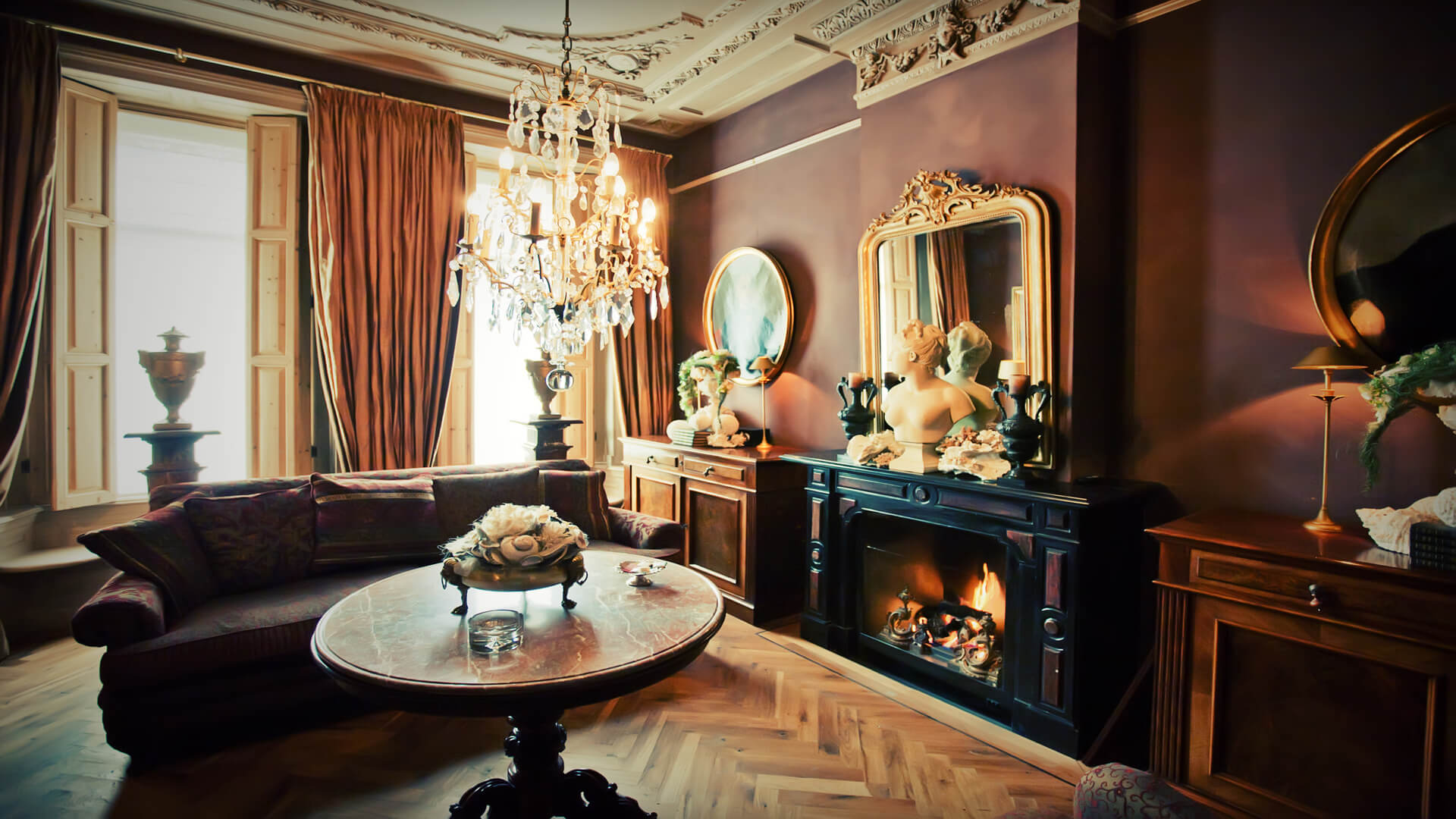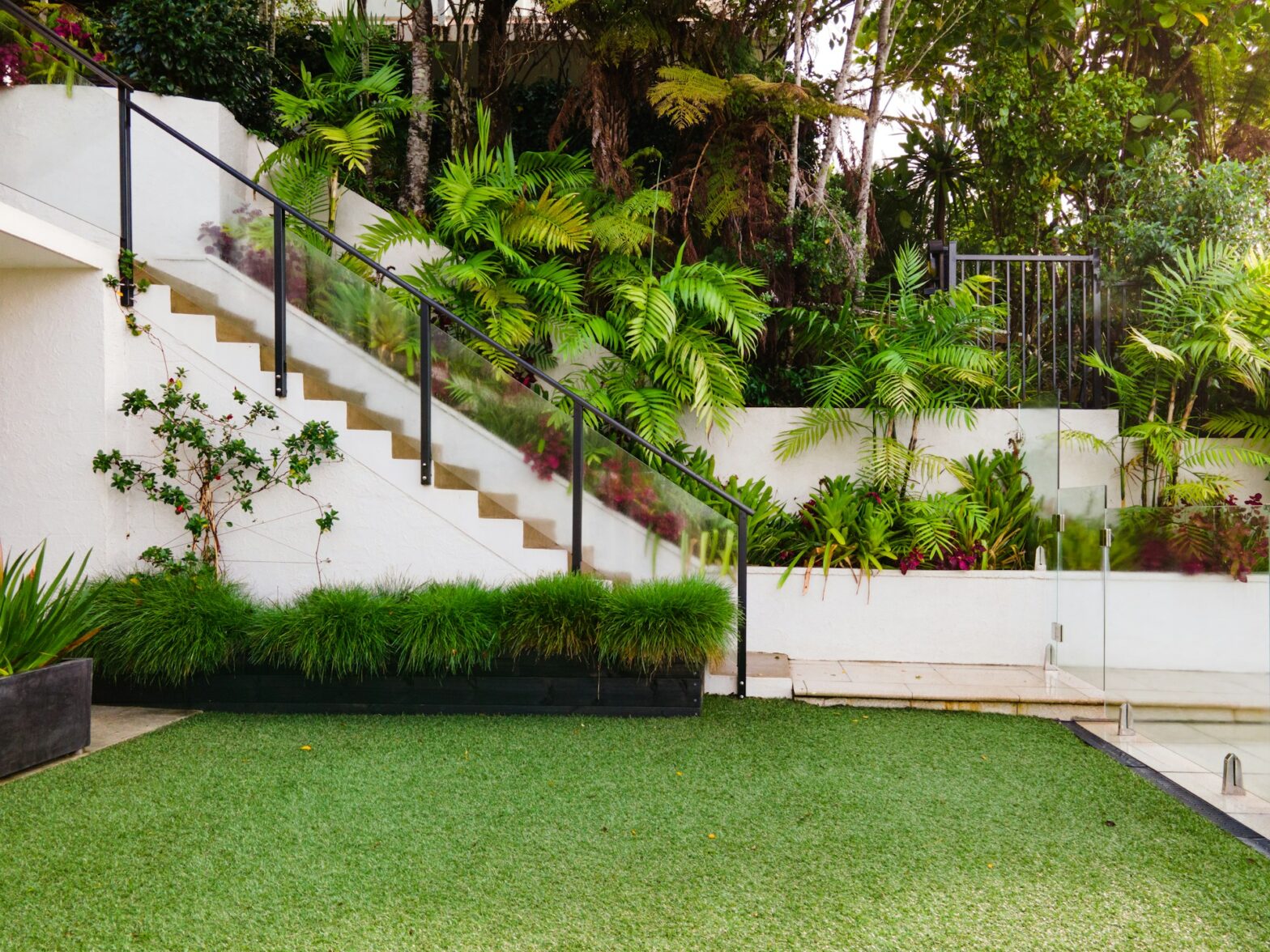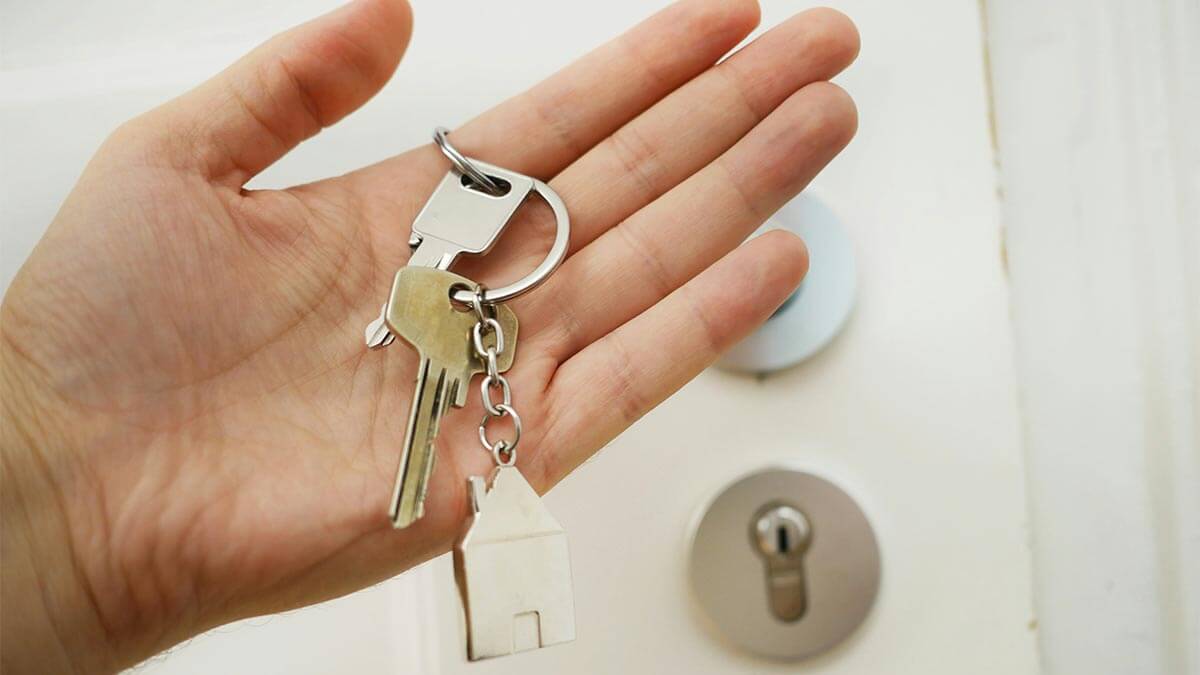While trends may shift and fashion changes rapidly, few can deny that our homes’ current modern look has an overarching theme. Simplicity, minimalism, and streamlined design seem to be prevalent in both interior design magazines and retailer warehouses, and there are quite a few reasons for that state of affairs.
For one, space is now a premium commodity. While people still doubtlessly enjoy the comfort and aesthetics that antique furniture can contribute, a slick minimalistic build can be preferable to deliberate intricacy in a confined space.
The push towards cheap, easy to assemble, install, replace, and ultimately – disposable goods has been noticeable in every aspect of modern-day life. Mass manufacturers of every sort of product – from household appliances to handheld devices to automobiles to furniture – have made notable shifts in this direction.
Additionally, an influx of cheap knock-offs at the turn of the century and their use as tasteless decor has blurred the line between posh and kitsch for many people. Then there is the issue of the prohibitive prices that have been ubiquitous for that vintage or antique furniture and design elements at the turn of the twentieth century.
These factors and more had somewhat pushed antique furniture into the background when it comes to interior design. However, there are some indications that this state of affairs may be about to change once more.
The Appeal of Nostalgia has Increased
Functionality and minimalism are, more often than not, the norm when it comes to modern interior design. Although functionality may be all-important in some instances, it is not always the case.
The current pandemic and the slue of restrictions that resulted from it have put people in one such situation. With people discouraged from going outside and socializing, they are going to have to spend an inordinate amount of time at home, surrounded by their furniture rather than their peers. While no amount of interior design could ever hope to replace human interaction, the fact remains that every little bit of relief helps alleviate the stress of the current crisis.
The nostalgia created by being surrounded by antiques that evoke memories of simpler, more pleasant times certainly helps in that regard. There is something very reassuring about vintage items – they may not always fit perfectly within the aesthetics of the modern household, but their intricate design and craftsmanship make them easy to appreciate. This is one of the reasons why so many people are rediscovering their interest in antique furniture – a trend that’s not likely to go away with COVID-19.
Visual Interest Has Become More Important
There’s no going around the fact that humans tend to have a great deal of appreciation for expertly made hand-crafted goods. Although a slick, minimalist mass-production design has an appeal of its own for many people, human eyes are adapted to look for complex structures. Human brains are hard-wired to be drawn to and appreciate items with distinct visual interest.
Antique furniture has its modern counterpart pretty much beat hands down in this regard. None of today’s mass-produced furniture can match the intricacy and detail of the same type of object from a hundred years ago or more. The design philosophy that informed the manufacture of items that fulfill the same role then and now is very different, and as a result, they have a substantial aesthetic difference.
Under normal circumstances, it’s easier to disregard the advantages that the vintage look has over its modern counterpart in favor of accessibility. That is until you’re forced to spend all day every day in a room with just plain surfaces.
Such spaces can begin to feel like a prison very quickly. The need to get away from that and to add visual interest to day to day life is another reason why many people have let antique furniture back into their lives. Once discovered, this appreciation for finely crafted detail is not likely to go away any time soon.
Recycling Is Now In Fashion
Environmental issues were the talk of the day for months before the world started revolving around COVID-19. While we certainly have a lot of pressing issues related to the pandemic right now, the need for eco-friendly solutions to common issues hasn’t gone away.
Going green is yet another reason why people are turning their eyes towards antiques – buying a used piece of furniture easily qualifies as a form of recycling. It reduces the market demand for brand new furniture, which in turn reduces demand for timber and makes sure you don’t put any extra strain on the environment.
Bespoke Crafts and DIY Are Gaining Popularity
As attested by the billions of views registered by crafting and restoration videos and supercuts on all available platforms, DIY is now more appealing for people than ever. Restoring furniture has been a popular subject on TV for years now, with whole channels dedicated to it.
With DIY tutorials and materials readily available everywhere, many people have taken to restoring items from their own interior design through techniques they have seen demonstrated online.
And it’s no wonder that so many people have taken to picking up vintage items to restore for fun or even profit. Everyone needs a hobby in times of tribulation – and making or repairing physical works of art that can then find use in day to day life happens to be an incredibly fulfilling one.
The Issue With Pricing Is Resolved
At the turn of the century, high demand had driven antique furniture prices to unreasonable levels. Twenty years later, this is no longer the case – antique furniture of superb quality is now more widely available than ever, and getting your hands on it doesn’t need to break the bank.
This is also a detail that will become even more relevant post-covid, as the financial repercussions of lockdowns and the current ongoing crisis become more apparent.
































